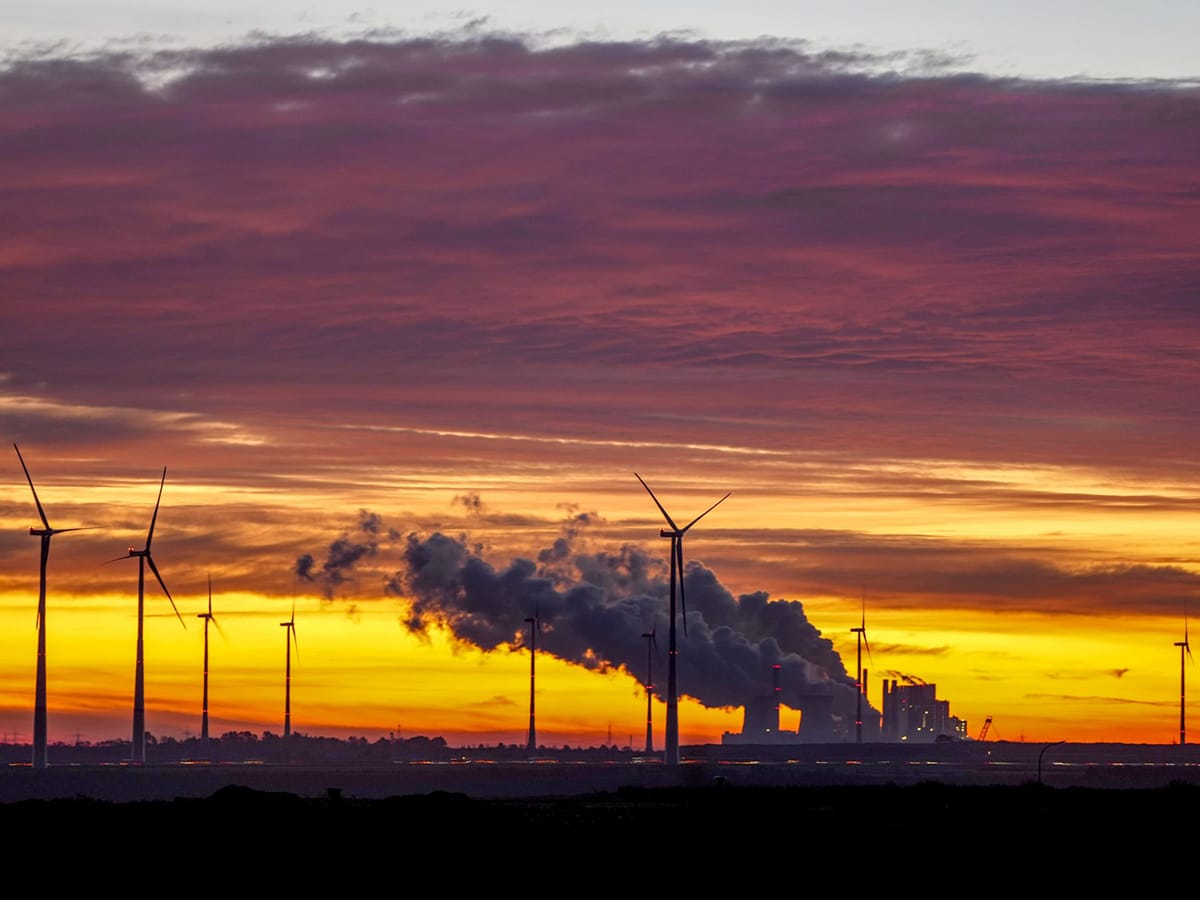
Source: Steam comes out of the chimneys of the coal-fired power station Neurath near the Garzweiler open-cast coal mine in Luetzerath, Germany, Monday, Oct.25, 2021. (AP Photo/Michael Probst) | Photo courtesy of © JAPAN Forward
Carbon Zero Isn’t a Pipe Dream — There’s Japan’s Hydrogen Technology
- Tags:
- carbon zero / climate change / Environment / hydrogen fuel
Related Article
-

Eating Crickets to Save the World? Japanese Brand Muji’s Insect-filled Crackers to Scurry onto Shelves Next Year
-

PET Bottles Abolished at Sumitomo Riko in Attempt to Improve Environmental Issues
-

Muji to sell candy and snacks by weight, each individually plastic wrapped
-

Wakeup Call: Japan’s Smoking Problem is Bad for Health, Worse for the Environment
-

Nissin Cup Noodle develops leftover soup hardening powder for quick and eco-friendly disposal
-

Get your hands on an environmentally friendly DIY daruma set


Mitsubishi and Panasonic introduce JAPAN Forward to some of the technologies that can help in achieving net zero carbon emissions by 2050.
Arielle Busetto, JAPAN Forward
The United Nations Climate Change Conference of Parties, also known as COP26, ended in Glasgow on the evening of November 13.
In a debated yet historic Glasgow Climate Pact, countries agreed on several steps to tackle global warming, including measures to keep the rise of temperatures to less than 1.5 degrees Celsius compared to pre-industrial times.
What is Japan doing to contribute to these global targets?
After all, the NGO Climate Action Network awarded Japan one of its “Fossil of the Day” awards on November 2, accusing Japanese Prime Minister Fumio Kishida of having “deluded dreams” about the use of hydrogen and ammonia on the road to carbon neutrality. They argued that “these novice and costly technologies are linked to fossil fuel extraction and would leave little chance of meeting the global 1.5C degrees targets.”
Prime Minister Fumio Kishida at COP26 | Photo courtesy of © JAPAN Forward
Then, on November 10, Kishida talked about the country’s commitment to green energy in a press conference, pointing out that “explaining more about technologies such as ammonia and hydrogen could increase the understanding.”
In fact, it turns out that Japan is doing quite a lot in developing emerging technologies, such as hydrogen, renewable energy, AI, and more.
Some of these technologies were on offer in Glasgow. At the COP26 Japan Pavilion, Naomi Inoue, the official in charge, said, “We want to show the technologies that Japan can be proud of.”
In two parts, beginning with hydrogen technology, JAPAN Forward looks into some of the technologies coming out of Japan that could help in the aim of achieving net carbon emissions by 2050.
Toyota Motor Corp’s revamped Mirai hydrogen fuel cell car is displayed at its launching event in Tokyo, Japan, December 9, 2020. REUTERS/Tim Kelly | Photo courtesy of © JAPAN Forward
Japan and Hydrogen Technology
Japan has been a pioneer in hydrogen-related technologies.
As of 2019, Japan was one of only three countries (together with France and South Korea) to have strategies for the use of hydrogen. Now, there are more than 17 countries on that list, and 20 others have publicly announced their interest to be part of it.
“It is important to support the development of low-carbon hydrogen if governments are going to meet their climate and energy ambitions,” said Fatih Birol in a press release, executive director of the International Energy Agency (IEA), in October.
Most of the time, the basic principle is to use heat to generate hydrogen, which can then be used to create electricity. Hydrogen can then have different uses, such as storing energy in fuel cells, thanks to its high-energy properties.
The heat necessary to generate hydrogen can be derived in many ways, including renewable energy sources, which gives it the attribute of “green hydrogen,” and thereby has zero-carbon emissions.
Written by Japan ForwardThe continuation of this article can be read on the "Japan Forward" site.
Carbon Zero Isn’t a Pipe Dream — There’s Japan’s Hydrogen Technology